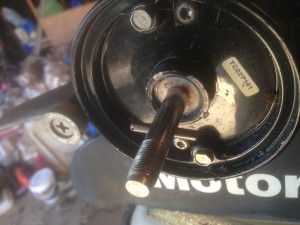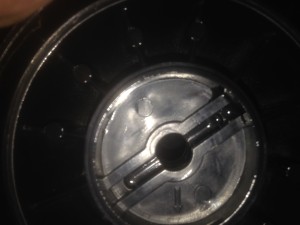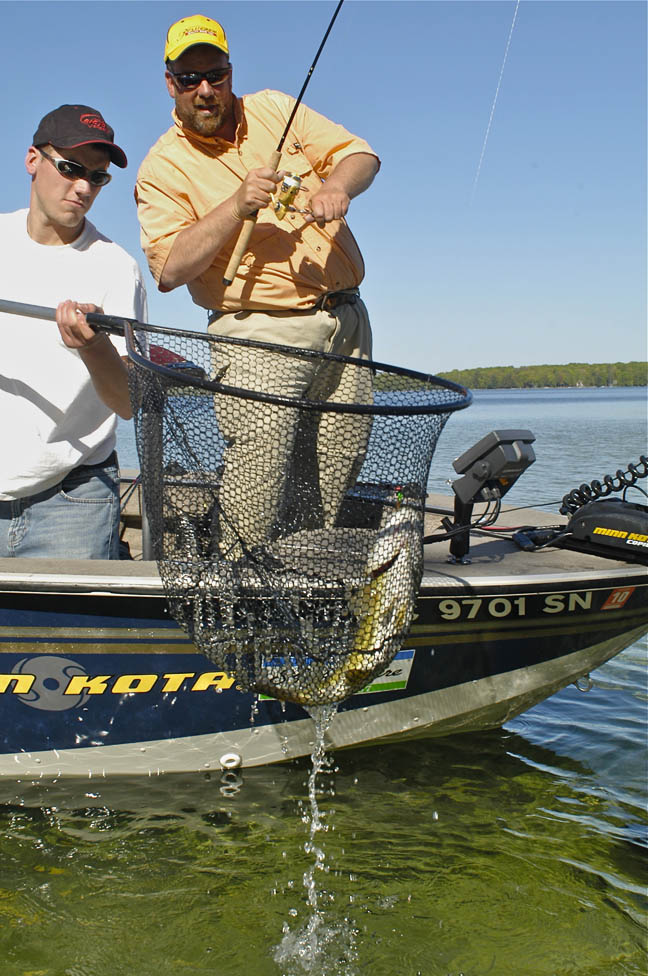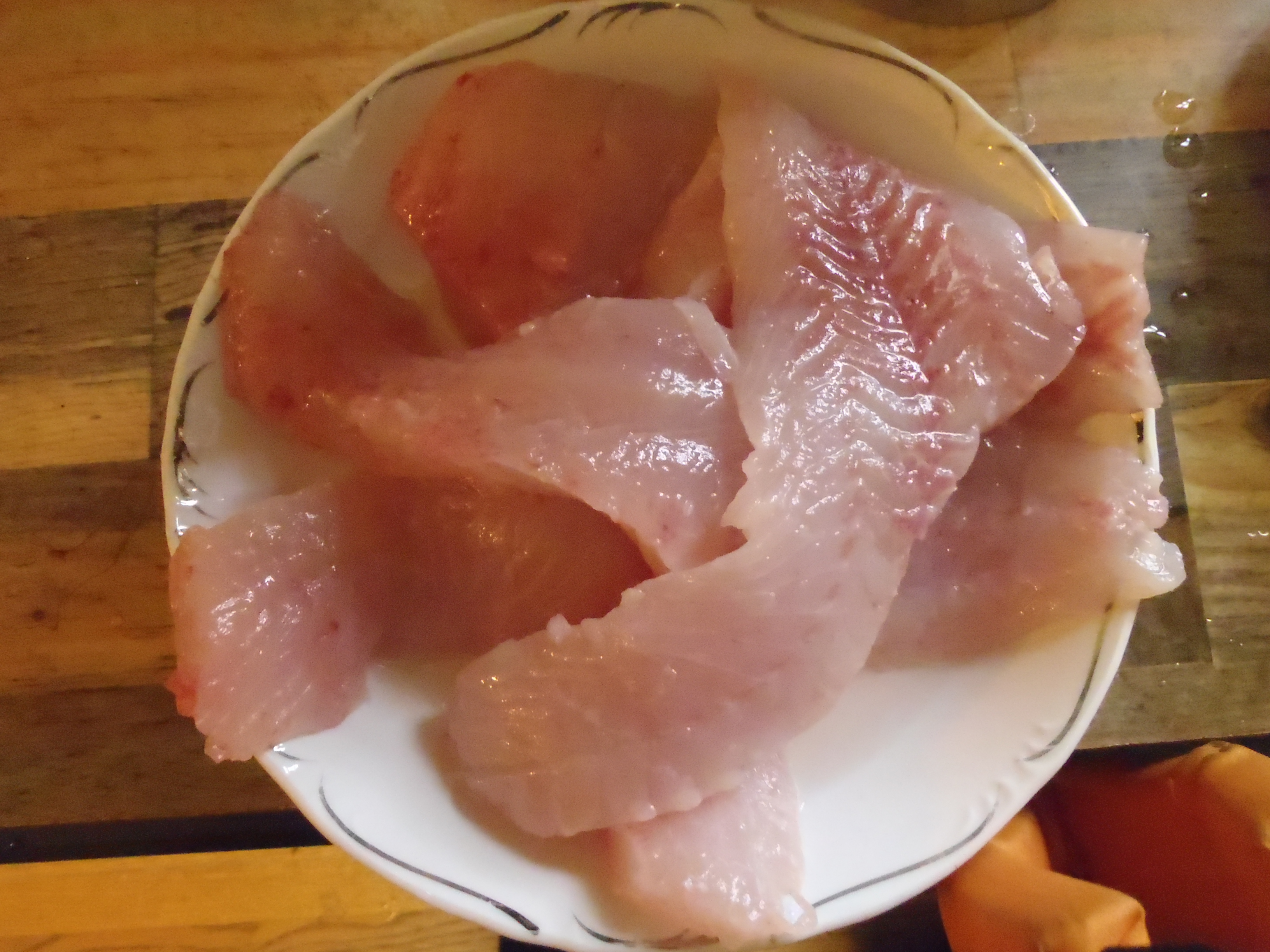Month by month tips for the best fishing trips in Georgia
JANUARY
Spotted Bass:
Lake Allatoona
What to Expect: Spotted bass are abundant on Lake Allatoona and boat traffic is at a minimum so you can fish for them in comfort. The bigger spots hold deep on steep rocky bluff banks on both arms of the main lake and feed in the cold water. Smaller spots are more active in the same areas in more shallow water.
How To: Fish bluff banks with a jig and pig or jig head worm on light line and move both baits in short hops, staying in contact with the bottom. Mid-day is often the best time to get a bite since the sun warms the rocks and water.
Contacts: Mike Bucca owner of Spot Country Guide Service – mbucca@comcast.net
Options: Largemouth move into spawning areas early on Lake Seminole and you can catch them around bedding areas on Carolina rigged lizards and worms on the flats.
Crappie at Lake Thurmond hold in standing timber on old creek and river channels, holding 11 to 20 feet deep in the tops of them.
FEBUARY
Yellow Perch:
Savannah River
What to Expect: Yellow perch run up the Savannah River in the winter and concentrate below the Thurmond Dam. They feed heavily in the pools and eddies and can be caught on a variety of baits. Fish in the one pound range are common and bigger fish can be caught. The Georgia record is only 2 pounds, 8 ounces so you could probably break it if you want to try.
How To: Fish small jigs and live minnows from a boat or the fishing piers to fill your freezer with these tasty fish, there is no limit. Use light line and tackle to get the best fight possible from these fish known for their taste, not fighting ability.
Contacts: The Herring Hut – 864-333-2000
Options: The warm water discharged by the power plant makes Lake Sinclair one of the best places to catch winter largemouths on crankbaits and spinnerbaits.
The state record spotted bass was caught at Lake Burton in February. Fish the ends of long main lake points under schools of baitfish with a jigging spoon or jig and pig.
MARCH
Crappie:
Lake Oconee
What to Expect: Crappie at Lake Oconee move shallow and feed as they get ready to spawn. Some of the biggest crappie of the year will be caught in early March but the whole month is good for numbers of these tasty fish. They will be fat and full of eggs this time of year.
How To: Troll small jigs and live minnows on the ledges and flats up the Oconee River above the I-20 Bridge. Keep your boat right on the lip of the drop and change speeds and depths you are fishing until you hit the right combination. Using several poles or rods with different colors and at different depths will help you quickly find what they want.
Contacts: Guide Al Bassett – 706-473-7758
Options: Rainbow trout bite good in the 48 miles of the Chattahoochee River below the Lake Lanier Dam and is restricted to artificials only and catch and release this time of year.
Prespawn West Point largemouths move onto secondary points in coves and creeks and will hit crankbaits and spinnerbaits.
APRIL
Bluegill:
Lake Seminole
What to Expect: The full moon on April 9th brings the bluegill into shallow flats to spawn on Lake Seminole. Starting a week before the full moon the fish congregate in huge numbers and make beds side by side that are easy to spot over large areas.
How To: Look for beds on sandy flats and fish crickets, grass shrimp and Mepps #2 spinners around them. Anchor your boat a cast away from the edge of the beds so you won’t spook the fish and you can catch fish after fish.
Fish with ultralight rods and reels spooled with four pound line for a good fight or go with the traditional cane pole. The bluegill don’t care how fancy your tackle but a rod and reel makes it easier to stay back from the beds and catch fish.
Contacts: Wingate’s Lunker Lodge – 229-246-0658
Options: Catch Sheepshead on fiddler crabs and shrimp around pilings and rock jetties in bays on the coast.
Your best chance for a Georgia smallmouth bass is Lake Blue Ridge on small worms, crankbaits and a jig and pig on main lake points.
MAY
Largemouths:
Lake Hartwell
What to Expect: Blueback herring spawn on Hartwell in May, especially around the full moon on the 9th, and largemouth gorge on them. The blueback spawn offers some of the best fishing of the year for big largemouth since they will be actively feeding and the big baitfish make the big largemouth move shallow.
How To: Fish a topwater plug like a Zara Spook or soft jerkbaits like Zoom Flukes over shallow bars and humps on the main lake. Bluebacks like to spawn in “blowthroughs,” places where an island near the bank concentrates the wind blowing through a shallow area. The wind and waves expose gravel for the herring to spawn on and bass are nearby.
Contacts: Lamar’s Fishing Cabin – (706) 376-1478
Options: Catch your own mahi-mahi, also called dolphin fish, off the Georgia coast. Troll squid lures and spoons under birds.
The Ogeechee River is full of redbreast sunfish and they hit small spinners, earthworms and crickets under overhanging brush.
JUNE
Mackerel:
Offshore
What to Expect: Both Spanish and King Mackerel are chasing schools of baitfish off the coast. They are on reefs not far off the beaches so long runs are not necessary. Kings get big and will test your tackle. Spanish Mackerel are not as big but both put up good fights and are great eating. On a good day you will get dozens of hits.
How To: Slow troll live bait or artificials near natural and man-made reefs. Be prepared for screaming runs up to 200 yards if you hook a big King. Watch for birds feeding over schools of fish and get near them before starting to troll your baits.
The state record King is a 75 pound, 12 ounce fish caught near Grays Reef by Joe Bell in 2004.
Contacts: Captain Mark Noble (912) 634-1219
Options: Flathead cats feed heavily in hot weather on the Altamaha River. Fish deep holes with big live bream.
Waters Creek is a trophy trout stream and the big ones are smart and hard to catch. Try to outwit a bragging size trout with a fly rod.
JULY
Spotted Bass:
Lake Lanier
What to Expect: Lake Lanier is crowded with pleasure boaters during the day but night time brings the spotted bass out to feed. Night tournaments are common on the lake and winning stringers usually include a five-pound-plus spot. Some big fish can be caught in the dark at Lanier in the summertime.
How To: Start at dusk with topwater baits over offshore humps and long main lake points. When it gets dark switch to big black spinnerbaits slow rolled along the bottom in 18 to 25 feet of water or a deep running crankbait on humps and points with rocks and brush. Also fish a jig and pig or jig head worm with rattles in the same areas, shaking it in one place to attract the fish.
You can get by with heavier line and tackle in the dark but stick with 10 to 12 pound line for your baits. Fish an area slowly and carefully and return to places were you catch fish since there is probably a school feeding there.
Contact: Guide Ryan Coleman – 770-356-4136
Options: Sea Trout feed on oyster bars in the bays on the coast and you can catch them with live shrimp or jigs.
Put your boat in the Flint River downstream of Albany and fish topwater poppers late in the day for exciting hits from big shoal bass.
AUGUST
Blue Cats:
Chattahoochee River
What to Expect: Big blue cats feed in deeper holes in the river below the Walter George dam. From eating size up to trophy size fish, you can catch a lot of them there now. The current means a hard fight from cats grown fat from the fish killed by the generators at the dam. Fishing is best when there is strong current from power generation.
How To: Anchor at the heads of deeper holes and drift live bream or shad into them. Also use cut shad on heavy line and stout tackle. Tie a rig with a sinker heavy enough to get to the bottom and hold there with a swivel two to three feet above it. Tie the sinker on with lighter line so you can break it off if it gets hung. Put a short dropper line from the swivel to a hook of suitable size for the bait you are using and the size fish you are after.
Use big baits for big cats or smaller baits for eating size fish. Frozen shrimp and small chunks of chicken breast work good for smaller cats. Whole shad and bream are best for trophy size fish.
Contacts: Corps of Engineers for generation schedules – 866-772-9542.
Options: Flounder are in the bays on the coast this time of year and can be caught drifting live minnows, bloodworms or shrimp.
Bluegill bed on the full moon again on August 6 so take some crickets and earthworms to the Big Laser PFA.
SEPTEMER
Red Drum:
Coast
What to Expect: Red Drum, also called redfish and channel bass, migrate out of the bays and rivers in the summer and congregate off the beaches and on reefs in the fall. This is the best time to land a big bull drum surf fishing or fishing wrecks and reefs.
How To: Fish cut mullet or blue crab are the best baits for big drum in heavy surf at the mouths of creeks and rivers or fished on reefs and wrecks. Use heavy tackle to take these strong fish – the state record is 47 pound, 7 ounce fish caught off artificial reef “KC.” You can keep Red Drum between 14 and 23 inches long, only and there is a five fish daily limit.
Contacts: Miss Judy Charter – 912-897-4921
Options: Stripers in the Coosa River seek out deep holes this time of year and can be caught on live bait and jigs.
For a change of pace, fray an eight inch piece of white nylon cord and tie it on a silver spoon. Cast to gar on the surface in backouts up the river at Lake Harding.
OCTOBER
Shoal Bass:
Ocmulgee River
What to Expect: Shoal bass were introduced into the Ocmulgee River by fishermen and took a liking to it. Four and five pound fish are common from the Jackson Lake dam to Macon and bigger fish are caught. This time of year the river is low and the bass are easier to find. Be careful and watch the water levels because generation at Jackson Lake will cause the water to rise rapidly. Shoal bass bite better when there is a strong current when power is being generated.
How To: Fish small crayfish colored crankbaits at the heads of pools and work them by any rocks in the current. Drift a Texas rigged worm on light lead with the current through cuts and into deeper pools. Live bait like small crayfish and rock worms are excellent when drifted with the current under a cork. Fish all baits naturally with the current.
Options: In the fall big walleye move onto main lake points on Lake Raburn and can be caught on live earthworms and minnows.
Rocky Mount PFA offers two lakes to fish for largemouth. Time your trip the first ten days of the month when Heath Lake is open.
NOVEMBER
Largemouths:
Jackson Lake
What to Expect: Cooling water makes Jackson Lake largemouth move to shallow wood cover and feed. It also means less boat traffic, making for a more pleasurable fishing day. Some of the biggest bass of the year are caught at Jackson during the cooler months since they are more likely to be in shallow water and more accessible to anglers.
How To: Fish a jig and pig around blowdowns and brush near the main river and creek channels. Use a brown jig if the water is clear or black and blue if it is stained. Work the bait slowly, hitting ever limb and letting it fall back to the bottom.
Wood cover in short pockets and small coves off the main channels are best since the bass can run into them to feed and still have access to deep water nearby.
Contacts: Guide Barry Stokes – 770-713-8521
Options: The Toccoa River is a good year-round river for rainbows but it gets outstanding in the fall
Lake Weiss is known for its big crappie in the fall. Fish wood cover in deep water in major creeks with jigs and minnows.
DECEMBER
Striped Bass:
Lake Thurmond
What to Expect: Big stripers move shallow in the cold water to feed on blueback herring. Fish weighing forty pounds and more are caught each year at Thurmond. The population of big stripers is good and winter is the best time to catch them.
How To: Use planer boards to take live blueback herring in close to the rocks on main lake points. At the same time freeline live herring behind the boat in deeper water to cover a range of depths.
Contacts: Captain Dave Willard – 803-637-6379
Options: Laargemouth bass feed in the Altamaha River in the winter. Fish a jig and pig or crankbait around main river wood cover.
Look for gulls to point the way to hybrids schooling up on West Pointand cast bucktail jigs to them.
These are just a few of the trips you can take to enjoy Georgia fishing at its best this year.































